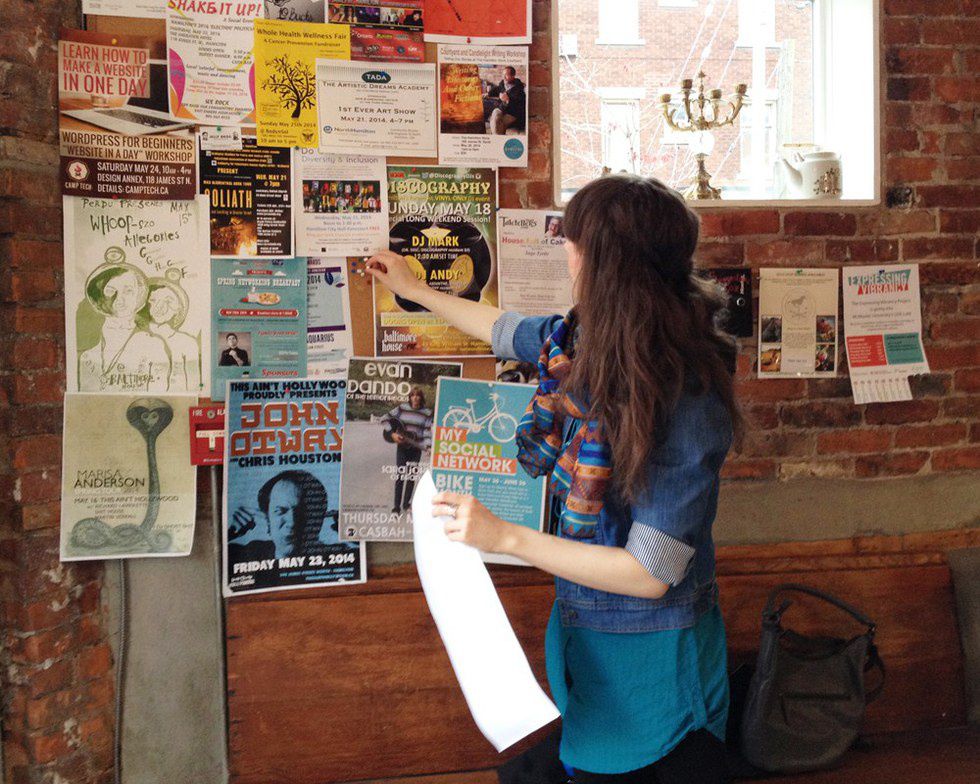97 percent of climate scientists agree human beings are the cause of nearly all of the warming our planet has experienced over the past 100 years. Here are 10 effects that started or are continuing this year and three important and easy steps you can take to help prevent catastrophic climate change.
1. Coral bleaching.
An imbalance in ocean temperature, made worse by climate change, is causing the symbionts in coral to die, leaving coral devoid of color. While not necessarily fatal, it is estimated 22 percent of coral in the great barrier reef is now dead with nearly 80 percent bleaching.
2. Islands are disappearing beneath the ocean.
Due to sea level rise, a long-predicted indicator of climate change, several low-lying islands have already disappeared beneath a rising sea.
3. America’s wetlands are dying.
Again because of sea level rise, many low-lying wetlands are seeing ocean water creep into their ecosystems. Recently NPR reported on the effect to the Florida Everglades, which is experiencing harm to its native plants and potential contamination of the Biscayne aquifer.
4. Mosquitoes are extending their range.
Mosquitoes are extending their range both altitude-wise and latitudinally. As the climate warms, mosquitoes can travel higher and farther, meaning that a myriad of infectious diseases are now spreading to previously untouched locations.
5. Earth is nearing 1.5 degrees Fahrenheit above average.
Earth is nearing 1.5 degrees Fahrenheit above the historical average since temperature recording began.
6. Methane is being released and is increasing warming.
Because of the 1.5 degree increase, previously frozen methane deposits in far northern latitudes are being released into the atmosphere. Methane is nearly 25 TIMES as powerful a greenhouse gas as carbon dioxide. If climate change causes negative feedback, in other words, if every small change gets amplified, methane released into the atmosphere might cause runaway global warming.
7. Intensifying California’s drought.
Studies have shown California’s intense drought to be a result of El Nino but made worse by climate change.
8. Ocean acidification.
Ocean acidification is another problem added to coral bleaching which can result in the destruction of fragile ocean ecosystems. Phytoplankton, corals and mollusks which rely on calcification to form their skeletons are all at risk due to increased ocean acidification. The destruction of these small creatures can have a ripple effect up the food chain because most of the fish we consume get their nutrients from smaller creatures affected by acidification.
9. Alberta’s wildfire intensifying.
El Nino is being made more intense by climate change. Studies have shown that the temperature anomaly in the Northern Hemisphere, including Canada, has been made worse due to climate change, resulting in an increasingly intense wildfire season.
10. North Pole receding.
In 2007, Russia planted its flag at the North Pole, but not atop the ice (that would be too close to Santa’s workshop); rather, below it on the sea floor. As the planet continues warming, other countries realize the oil resources now currently locked beneath the ice cap will soon become available to off-shore drilling. Businesses, countries and the scientific community all see how imminent polar melting is. In the past year NASA reported the arctic ice reached its lowest winter extent.
Solutions:
1. Plant trees.
A friend of mine once asked me, “Wouldn’t it be cool if we could just build machines to suck up the carbon dioxide in the atmosphere?” Well, I’m glad he asked. As it turns out, nature has given us the perfect machine to do so — trees! Trees are some of the most effective mechanisms of converting CO2 to oxygen and into carbon that will go back into the soil! Calculate how many trees you'd need to offset your carbon footprint here! (They can also shade your house or office building which is another plus!)
2. Eat less meat.
Not to worry, this is not a communist plot to turn your kids into comrades … or is it? Regardless, animal agriculture is thought to contribute more than half of the greenhouse gasses affecting our planet. Increasing populations of cows, sheep and pigs produce methane, and animals use staggering amounts of water, require a lifetime of plant nutrition and are often raised on land which is clear cut of other vegetation. So cut out the middle … cow. Eat plants directly, buy factory direct and save 50 percent of the greenhouse gas emissions you put out!
3. Buy an energy efficient car.



















 Energetic dance performance under the spotlight.
Energetic dance performance under the spotlight. Taylor Swift in a purple coat, captivating the crowd on stage.
Taylor Swift in a purple coat, captivating the crowd on stage. Taylor Swift shines on stage in a sparkling outfit and boots.
Taylor Swift shines on stage in a sparkling outfit and boots. Taylor Swift and Phoebe Bridgers sharing a joyful duet on stage.
Taylor Swift and Phoebe Bridgers sharing a joyful duet on stage.













